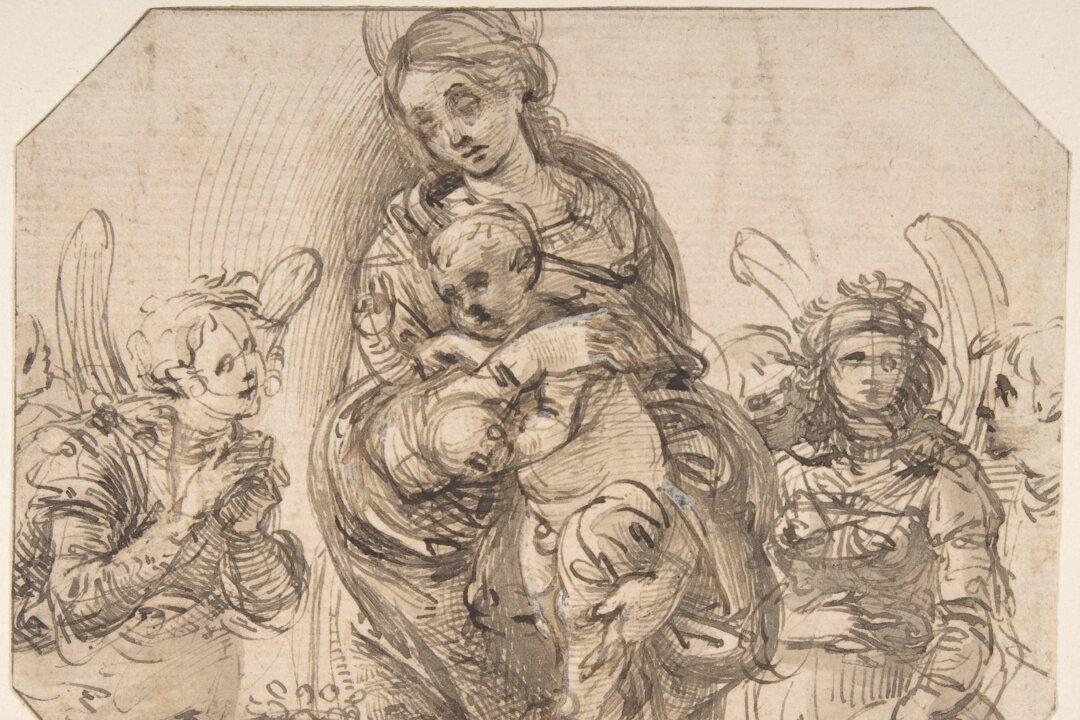As Napoleon Bonaparte was tromping around Europe, warring as he went, he had collected a sizeable amount of paintings from his reluctantly yielding neighbors to place in the Louvre in Paris.
There to study the paintings were the French academicians. Jean Auguste Dominique Ingres was one such artist. A talented young artist at the time, he prided himself in following in the footsteps of the old masters, though others would say he abandoned the academic principles rigorously enforced by his peers.
History had critiqued Ingres’ paintings harshly. Jean Auguste Dominique Ingres endured setback after setback financially and with his reputation. Left with nothing to do other than doodle to make ends meet, he made simple drawings that stand as some of the finest examples of drafting left to posterity.
One could imagine sitting down in front of Ingres as he swept his pencils across paper, in such a sure, confident, and economic fashion, to behold simplicity, and, unimaginable portrayal of the figure, imposing on it, all of the good wit and nobility life could offer. The tiny sum for the commission would have been well worth every franc.
Ingres curved the contours in his artwork to keep the overall composition flowing and graceful. Knowing which details to leave out, and which to include, he wove his drawings like a suspenseful story. The important parts of the drawing were exclaimed by the darkest graphite, intertwined with airy wisps of curves to keep the overall drawing balanced.
In the displayed drawing “Jospeh Woodheda and his wife, born Harriet Comber, and her Brother, Henry George Wandesford Comber,” Ingres sets about the overwhelming task of drawing three figures without losing anyone in the midst of detail or distraction.
The subjects were most likely English tourists who were visiting Rome where Ingres was stranded for a while.
The postures of the figures and textures of the cloth and softness and intensity of lines all lead to an extremely well thought out composition that harmonizes all the elements in the drawing. Ingres was able to convey a natural feel of character in his figures through portraying the features on their faces with exacting precision.
Drafting was just one example of the flood of talents at Ingres’ disposal. Despising having to resort to them, one could only guess he had fun drawing them.
Timothy Gebhart is an artist residing in Kaukauna, Wisconsin.




